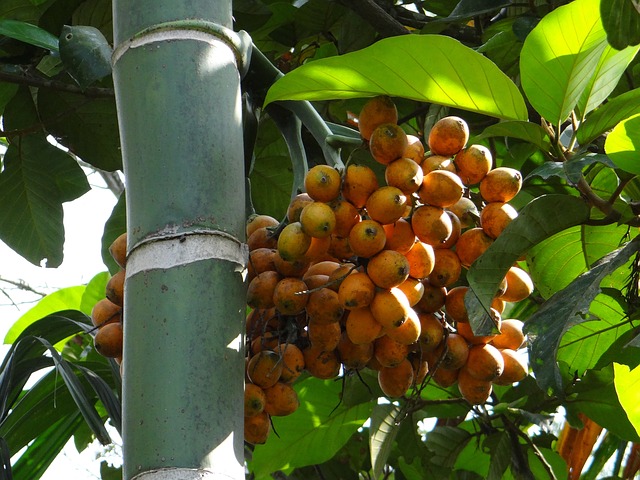Emily Eckert
Program Analyst, Health Systems Transformation,
Association of Maternal & Child Health Programs
Atyya Chaudhry
Senior Program Manager, Health Systems Transformation
Association of Maternal & Child Health Programs
While the popularity in the U.S. of smoking traditional cigarettes has gone down markedly in recent years, that decline has been accompanied by an increase in the use of alternative tobacco products (ATP). Among these ATPs is the areca (or betel) nut, the use of which can be traced back as far as 2,000 years. As the popularity of this nut continues to grow in Asia, the Pacific region, the United Kingdom, Europe and the United States, public health officials are sounding the alarm.
 Betel nuts come from the seed of the Areca catechu palm tree, commonly found in Asia and the Pacific Islands. It is often consumed dried, fresh or wrapped in leaves of the Piper betle vine. Some users add tobacco products or other spices to the mix before chewing/sucking on the package.
Betel nuts come from the seed of the Areca catechu palm tree, commonly found in Asia and the Pacific Islands. It is often consumed dried, fresh or wrapped in leaves of the Piper betle vine. Some users add tobacco products or other spices to the mix before chewing/sucking on the package.
In most cultures where the betel nut is widely used, people cite a needed energy boost as their reason for indulging in the nut, as well as comradery or perceived health benefits. In some cultures, people believe the betel nut has cancer-fighting properties and might alleviate digestive problems and other common ailments.
Recent research studies, however, suggest that this habit poses several risks to the health of its users. Scientists believe that the highly addictive nature of the betel nut substantially outweighs any perceived benefits.
The betel nut has been classified as a Group 1 carcinogen (carcinogenic to humans) by the International Agency for Cancer Research, a branch of the World Health Organization. Additionally, the Food and Drug Administration has listed the betel nut on its poisonous plants database. According to a medical review published in the Indian Journal of Medical and Paediatric Oncology, use of the betel nut can cause adverse health outcomes in the nervous, cardiovascular, gastrointestinal, endocrine, reproductive and respiratory systems. It may also impact the health of a developing fetus.
It is estimated that the betel nut is used by nearly one-tenth of the world’s population, including many children and pregnant women throughout the Pacific Basin. In the Federated States of Micronesia (FSM), for example, chewing betel nut is particularly common. Results from a 2012 Substance Abuse Prevention Survey in the FSM revealed that the average age at which residents begin chewing the nut is 13. (There is no minimum age for purchase of the betel nut in FSM.) Because of the nut’s highly addictive qualities, many women continue to chew the nut after they become pregnant.
Palau faces similar problems. In 2014, roughly 62.2 percent of pregnant women surveyed reported using betel nut with other forms of tobacco during pregnancy, and 61 percent reported using the substance in the last three months of their pregnancy. The Commonwealth of the Northern Mariana Islands (CNMI) has also cited betel nut use among adolescents and pregnant women as a serious concern. In 2017, the CNMI Title V program is establishing baseline data for betel nut chewing among its maternal and child health (MCH) populations.
While the betel nut is not native to the contiguous United States, it has become a growing public health concern due to increased migration from the Pacific region. With the U.S. population growing more diverse, it is important to understand this and other global health threats. As the betel nut gains popularity in the contiguous United States, Title V MCH programs can learn about effective approaches to addressing this public health problem from their colleagues in the U.S. territories, particularly those in the Pacific Basin.
